Vegetable Gardening for Beginners: Essential Tips & Hacks
Organic vegetable gardening for beginners: best vegetable garden ideas on design, planning, layout, soil, compost, easy pest control, etc!
We have been growing our own vegetables for over 10 years, and I can honestly say that vegetable gardening is so deeply rewarding! If you are looking for tips on how to start a vegetable garden from scratch, let’s first look at one of the most inspiring examples –
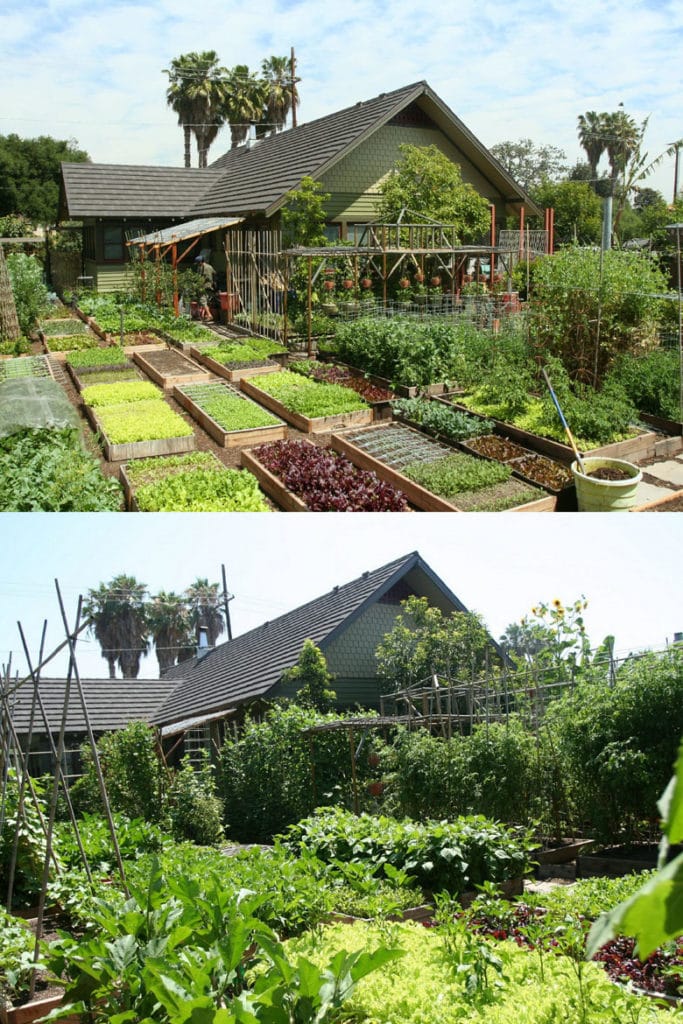
What is possible on 1/10 of an acre? The Dervaes family of four produces about 6,000 pounds of produce a year in their small garden in Pasadena CA. With over 400 varieties of fruit, vegetable and herbs, this tiny urban farm is 60 to 150 times as efficient as industrial farms, without relying on chemical fertilizers and pesticides. Doesn’t this inspire you to start a backyard vegetable garden today? 🙂
Getting started in vegetable gardening
The foundation of all successful vegetable gardening starts with good soil, and composting is one of the easiest ways to achieve that.
*Some resources in article are affiliate links. Full disclosure here.
Soil building in the garden
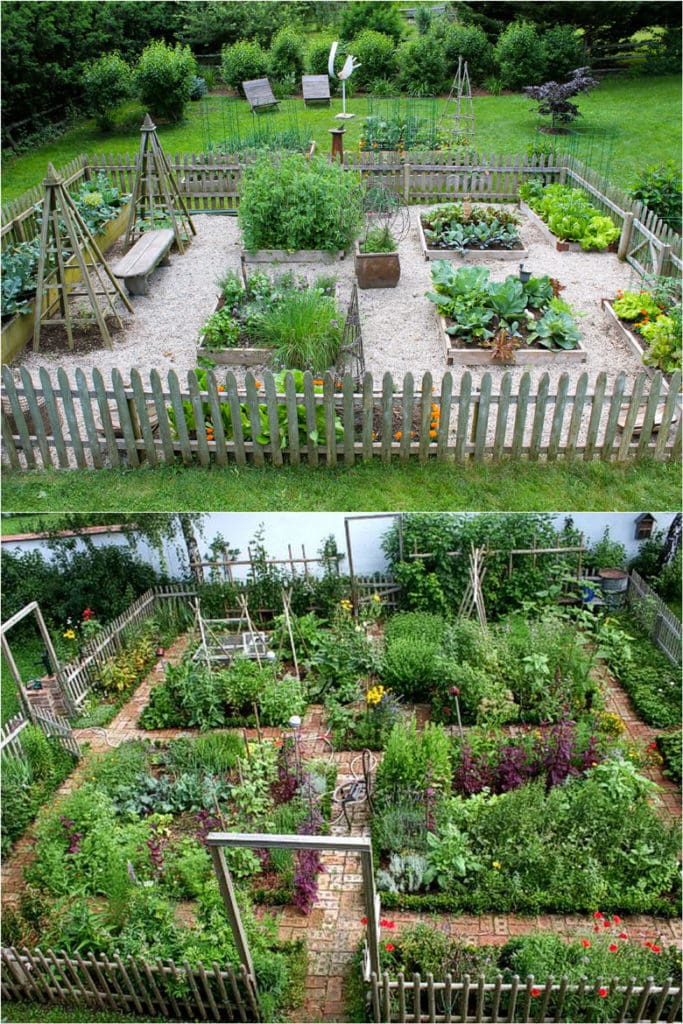
Good soil with lots of organic matter, loamy structure and healthy soil life is one of the best secrets to plant a successful vegetable garden. If your existing soil is good, all you need to do is top dress the soil with compost before each growing season. Here are some of the best ways to make compost for your garden, and 35 great DIY compost bin ideas. ( Above images source lost, please let me know if you find them!)
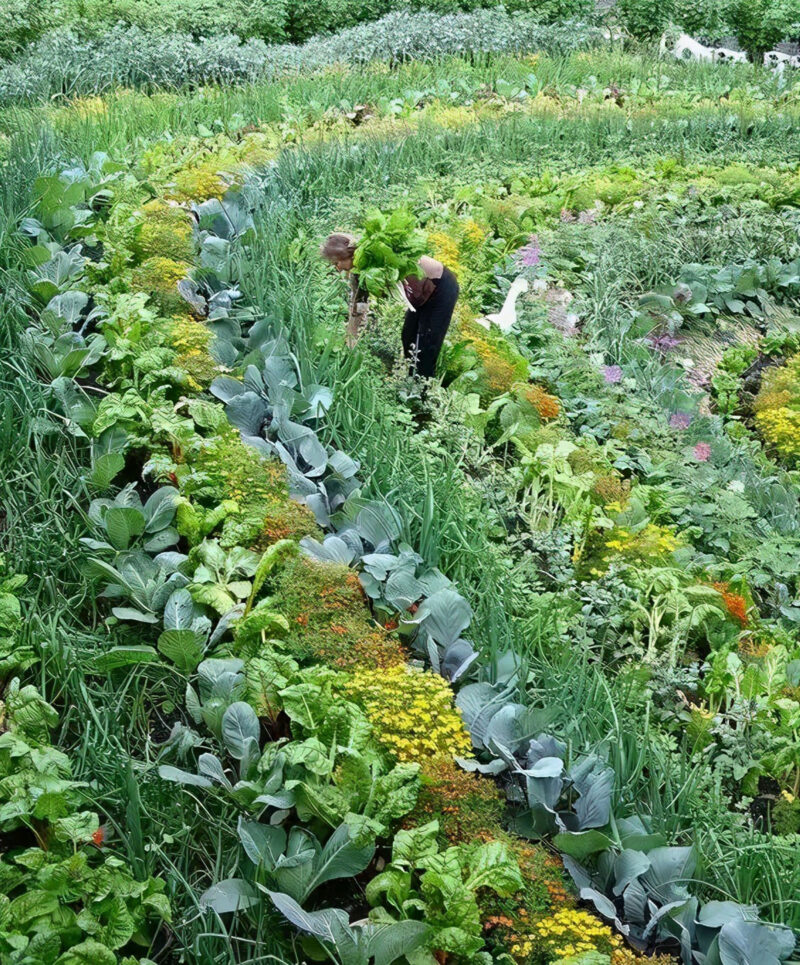
This inspiring project in UK is a great example of how healthy soil supports an abundant garden. We spread a 1″ to 2″ layer of compost each spring and fall, before we plant our spring-summer or fall-winter garden.
If you have poor soil, you can either dig in lots of compost or manure during the first season, or build raised beds (more on that later) and fill them with a good mix of soil and compost or manure.
How to make compost for your vegetable garden
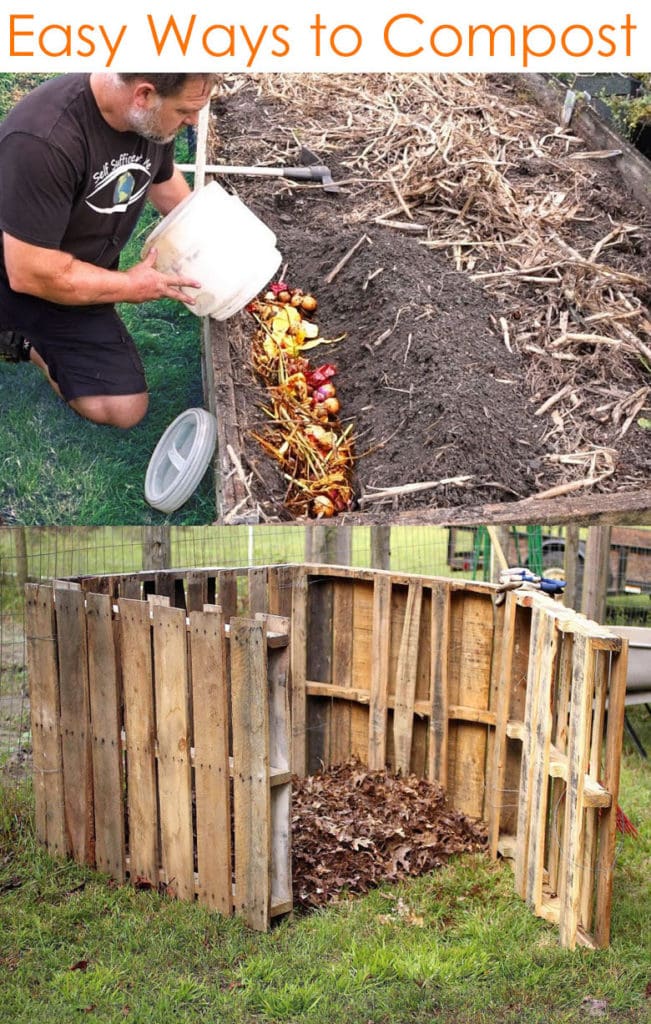
This video and one below from YouTube will show you our favorite composting method, and this pallet compost bin is a great simple DIY.
We used to keep a compost bin. Now we just dig our kitchen scraps directly into our garden soil each week and let the earth worms do the work. Earthworms eat organic matter, and worm castings are some of the best natural fertilizers.
You can often find low cost or fee compost and manure on Craigslist, or contact your local farms that raise animals. We have gotten great quality mushroom compost, horse manure, etc from local farms.
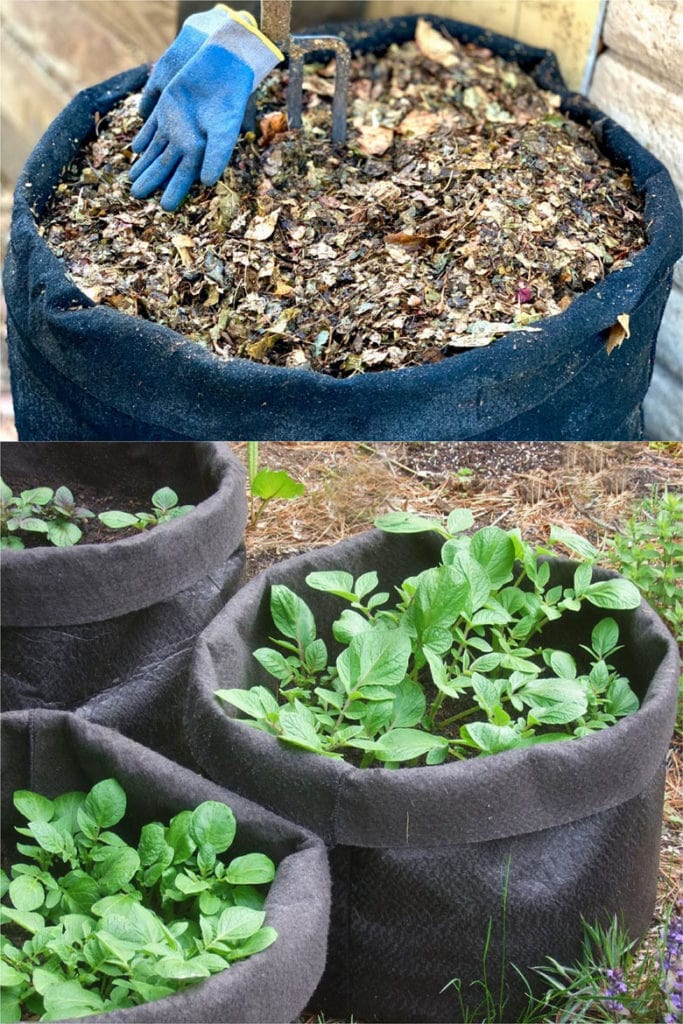
Here’s another great idea for a super easy compost bin great for small gardens: fabric compost bins and pots 2-in-1! You can fill them with leaves and scraps, and plant directly in them when the compost is ready! Check out this video tutorial.
Vegetable garden planning, design, and layout
Select a location for your vegetable garden with large enough growing area, has good sun orientation, is protected from strong winds, and is easily accessible.
What is a good size for a backyard vegetable garden?
Plan for 200 square foot per person if some of these descriptions apply to you:
- you eat a lot of vegetables, love to cook and want to grow most of your food.
- you are not the best planner so your growing space is not 100% occupied all the time.
- you want to share your harvest with friends and neighbors, or you want to dehydrate or preserve some veggies for winter.
- you are an adventurous gardener and want some space to test new varieties each year
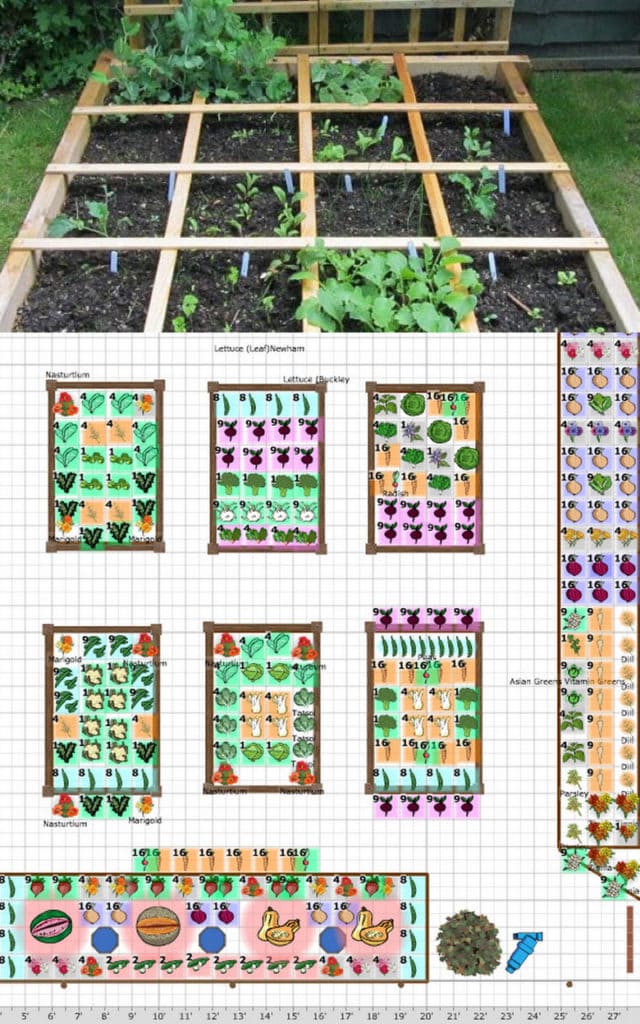
Otherwise, 100 square foot of vegetable garden growing space per person is a good size for beginners to get started.
Vegetable garden layout
Should you plant vegetables in rows?
When planting vegetables, it’s a good idea to group them according to their height, sun and water needs, and days to harvest. Plant shorter vegetables on the south side, so they are not shaded by taller plants.
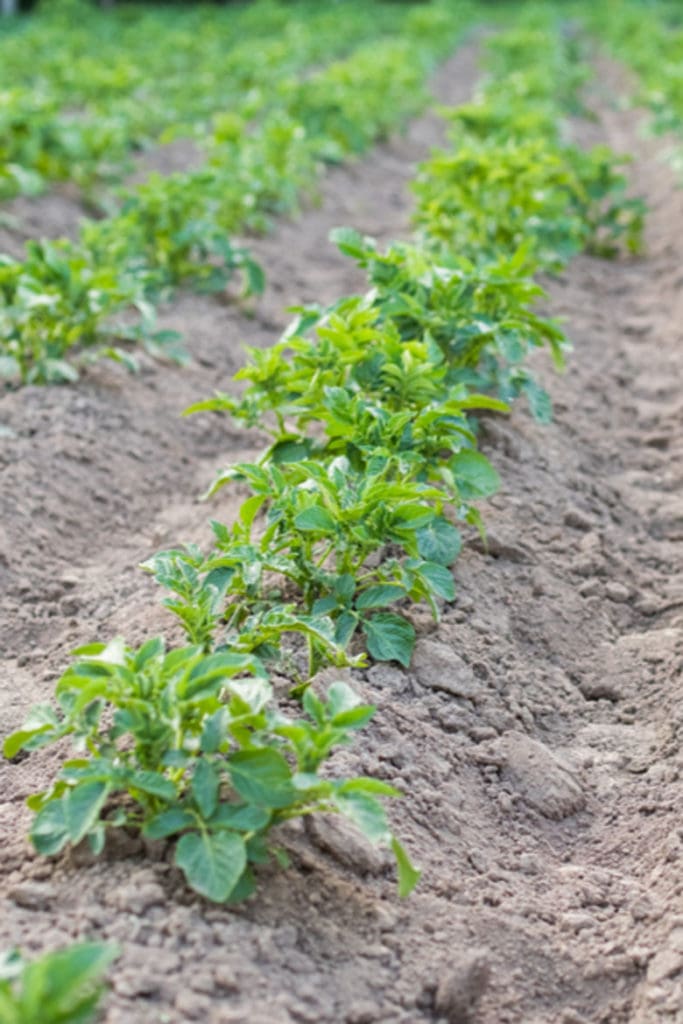
In larger gardens and farms, planting vegetables in rows make it easier to water, weed, fertilize and harvest.
In smaller gardens, you can plant vegetables in rows or groups, or gorilla style: plant wherever spaces are open.
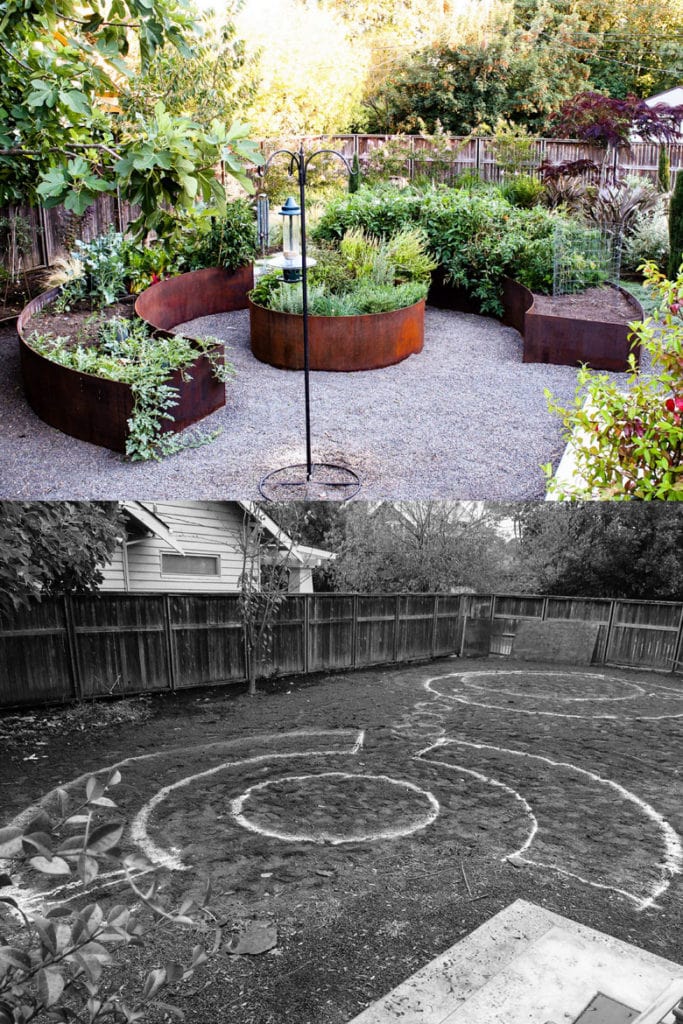
A vegetable garden doesn’t have to be planted in straight rows all the time. This curved garden is efficient and attractive. Here are lots of additional design and layout tips in this article: 7 secrets to best veggie garden layout ideas.
Incorporate outdoor living ideas into your vegetable garden design
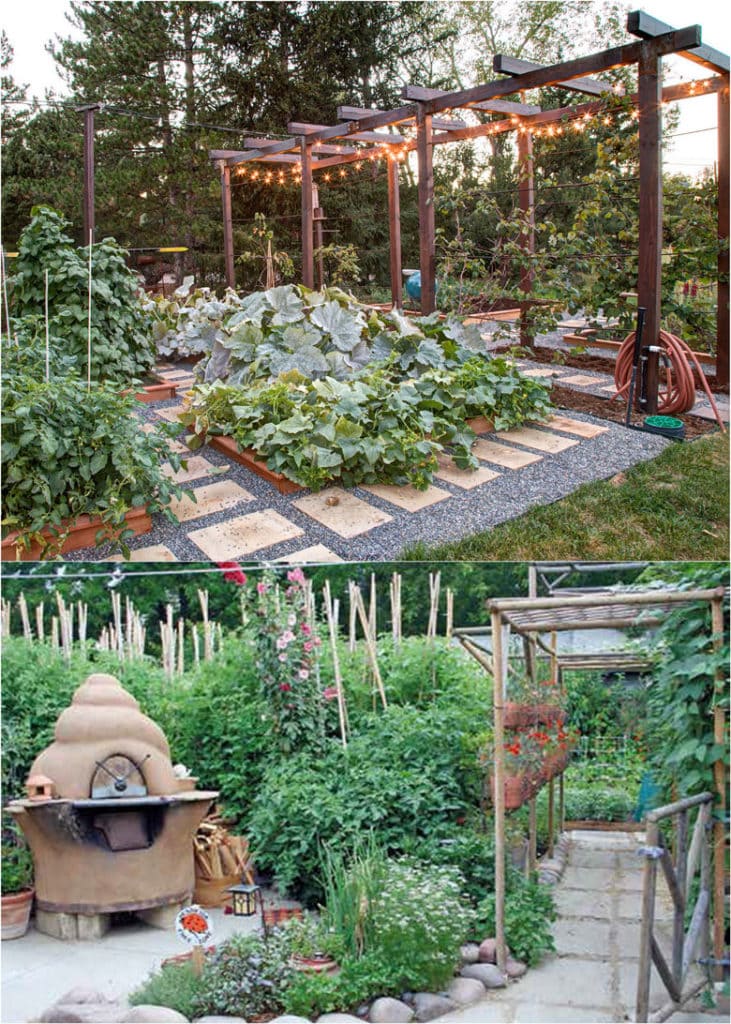
Make your kitchen garden a beautiful place to enjoy nature and gather with friends. Pergolas, benches, and outdoor kitchens are all great additions to a veggie garden. ( Source: Staabolmsted | Urban Homestead )
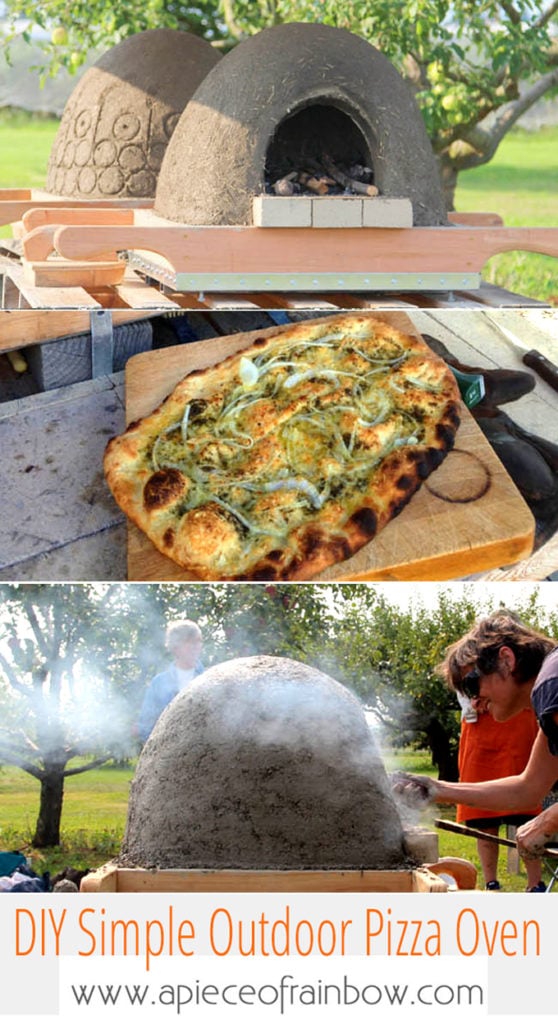
How about adding a DIY outdoor pizza oven and use your fresh home grown food right in the garden?
Vegetable gardening in raised beds
There are so many benefits of raised beds. It is easier to maintain good soil structure, to plant and weed, and to keep a garden looking organized and attractive with raised beds.
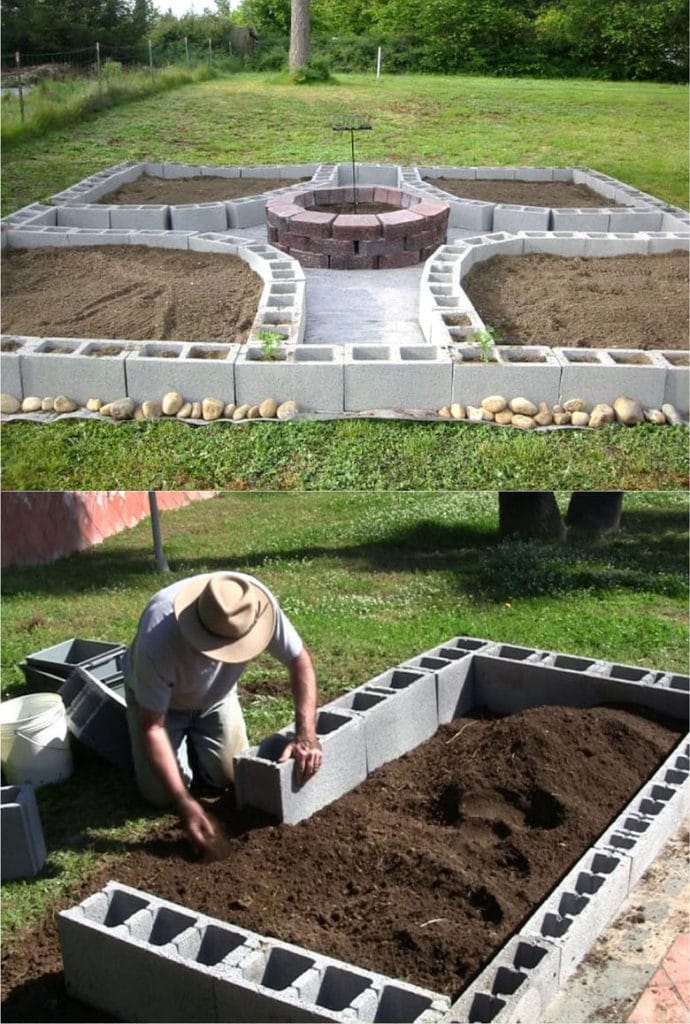
Here is a helpful guide on how to design and plan your raised bed gardens, and here are 28 great tutorials and ideas on best DIY raised beds.
Vegetable gardening in containers and pots
Lots of vegetable grow well in pots, which is great for gardening on patios and balconies.
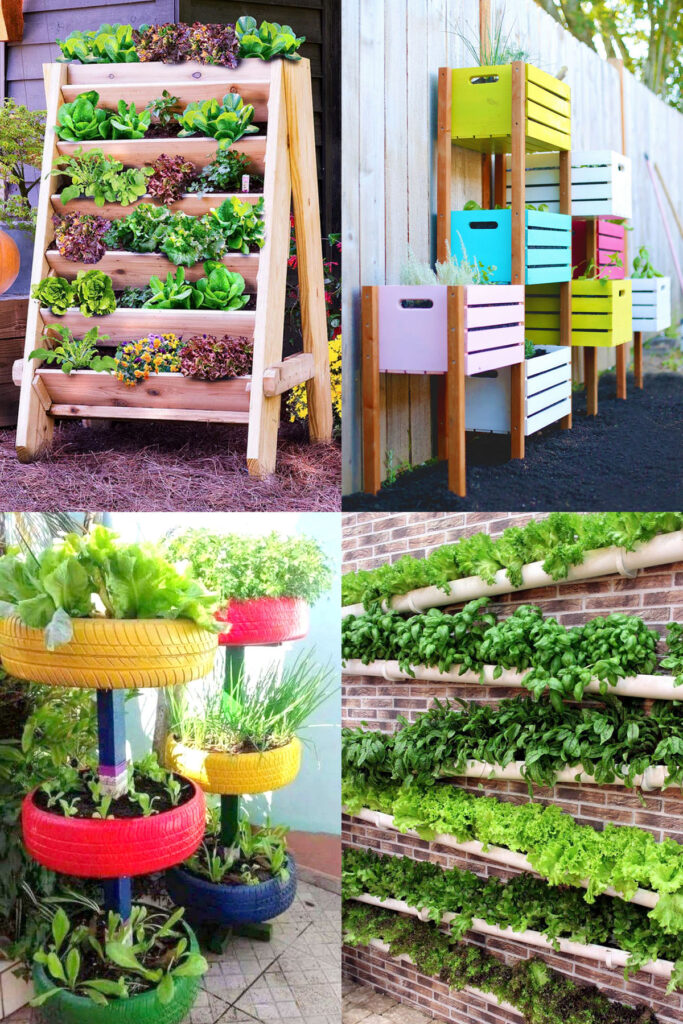
Here are 20+ best vegetable to grow in planters, and 35 creative container vegetable garden ideas!
Some of the vegetables that grow well in pots are: lettuce, bok choy, kale, chard, cucumber, tomato, potato, pepper, carrots, and beets.
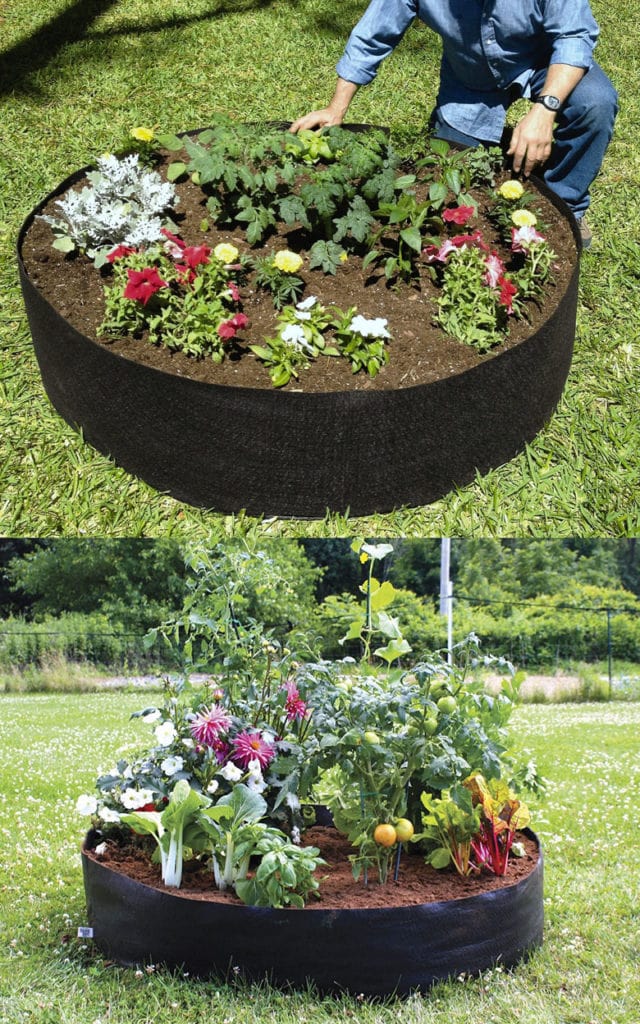
Theses fabric planters are so easy to install and you can have a raised bed garden without any building skills! You can also find many size fabric pots from 1 gallon to 30 gallon!
How to plant a vegetable garden
You can plant vegetables either by direct seed or by transplants. The best vegetables for direct sowing are fast growing greens, legumes, and most root vegetables, for example: arugula, lettuce, beans, peas, radish, carrots, and beets.
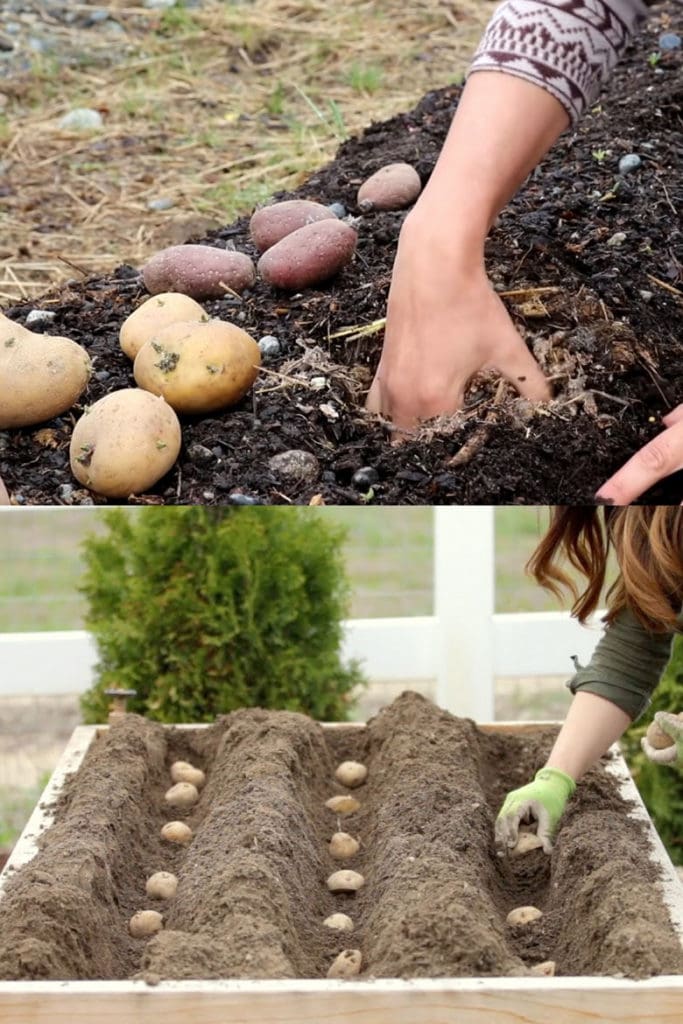
Some vegetables such as potatoes require different planting methods. Here’s a guide all about planting potatoes!
How to sow seeds directly
Most seed packets offer specific guidelines for when to sow seeds in the ground. In many cases, this will be eight to ten weeks before the last frost in your region.
Prepare the soil. Remove weeds, mix compost into the top six inches of the soil, and rake it level. Moisten the ground thoroughly.
For bigger seeds, plant each seed at a depth about three times the diameter of the seed. For smaller seeds, simply scatter them by hand, then rake the soil to ensure they’re covered.
Water regularly so that the soil around seeds remain moist but never soggy.
How to start vegetable transplants from seeds
We like to grow some vegetables from seeds in pots first, then transplant the seedlings into the garden, usually when they are over 6 inches tall, with several sets of true leaves and a good root system.
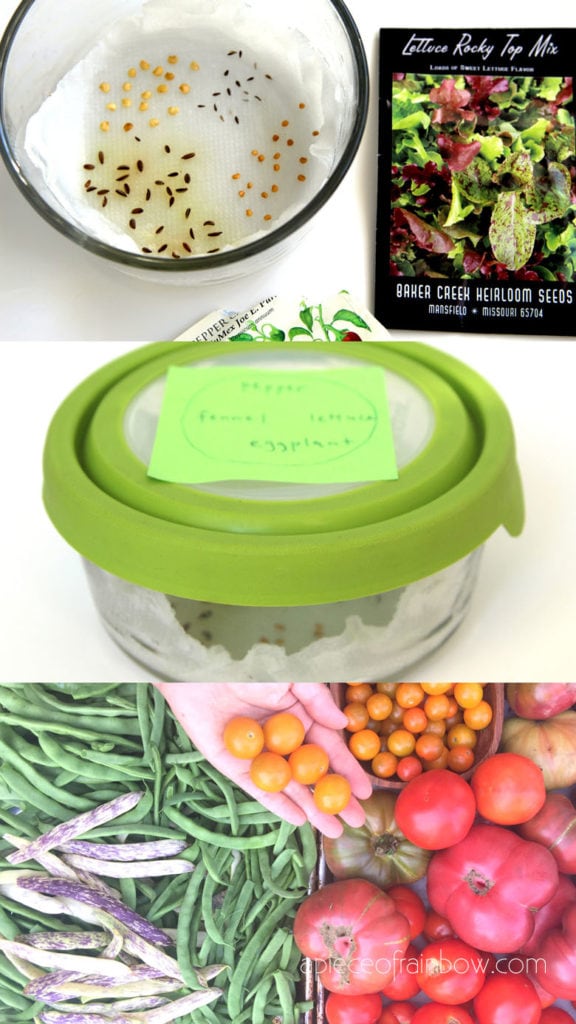
Here’s our detailed tutorial on how to start seeds in 1/3 of the time with 3X more success!
This method works best for vegetable seedlings which take longer time to grow, thus need a bit more protection and pampering at the beginning. These include broccoli, cauliflower, kale, cabbage, tomato , pepper, eggplant, summer and winter squash, and cucumber.
Transplanting and spacing
Use this vegetable garden spacing guide below to help you determine the space between seedlings.
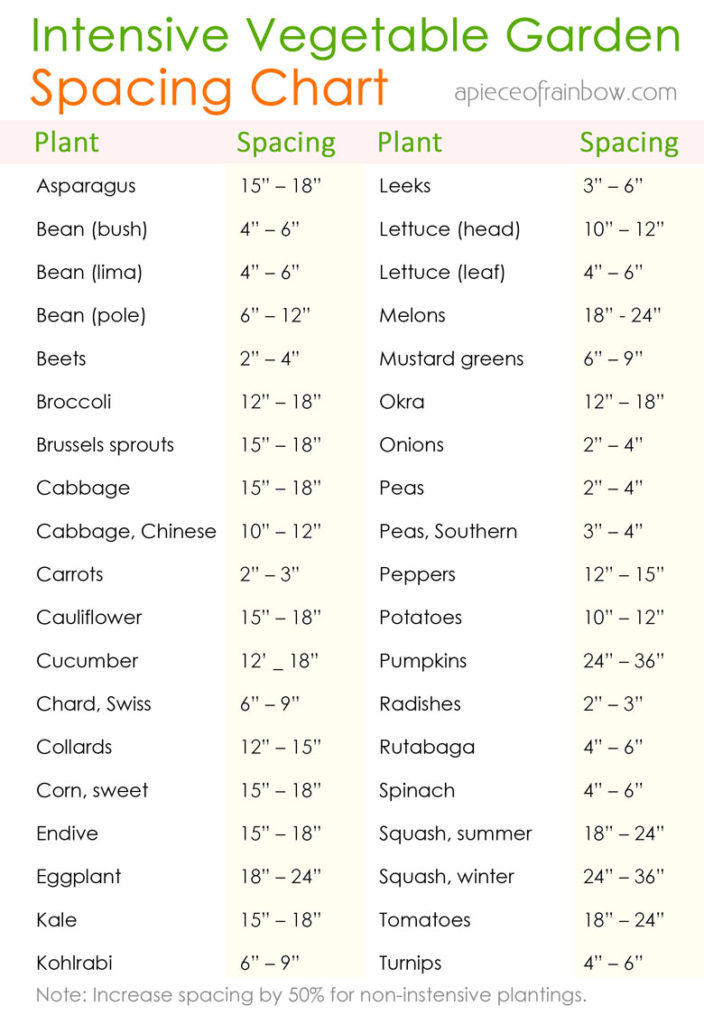
When transplanting seedlings into the ground,
Watering and fertilizing your vegetable garden
Regular watering is super important for your garden to be healthy and productive. Here in southern California, we water our garden 2-3 times a week during hot months, and once a week during colder winter months.
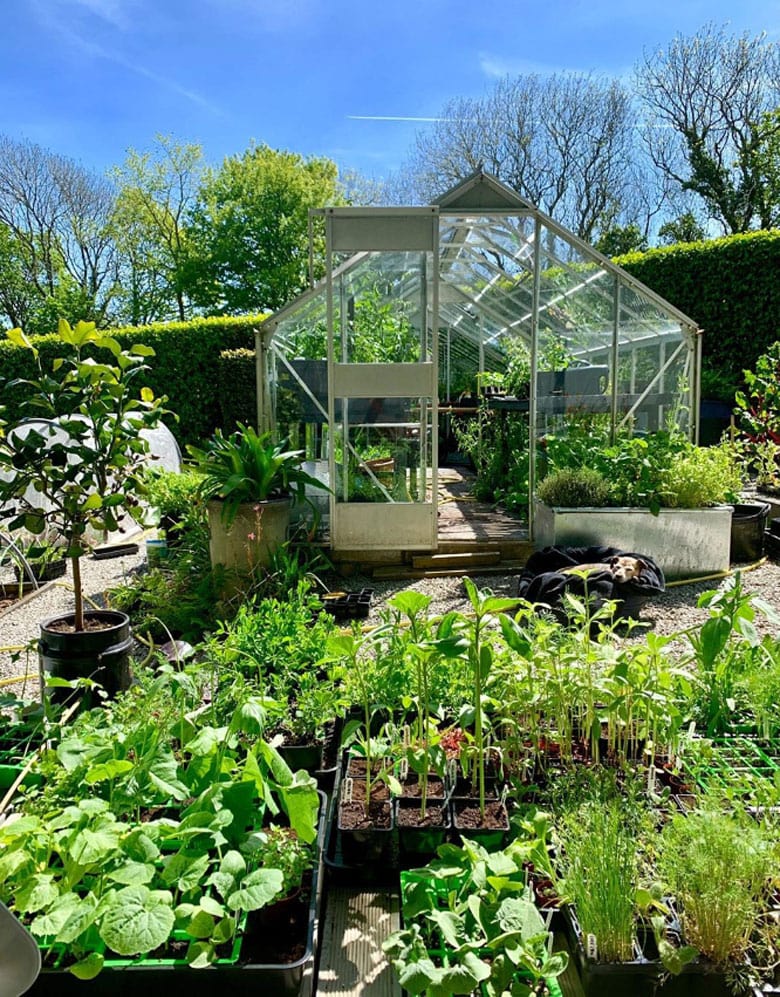
Because we add compost to the garden twice a year (see Step 1), and dig in organic matter regularly, our soil is really good, and we don’t use much fertilizer in the garden.
We love Kellogg and Dr. Earth organic fertilizers for growing seedlings in containers, and it works great in the garden too if your soil needs a boost.
Use trellis and vertical structures to increase growing space
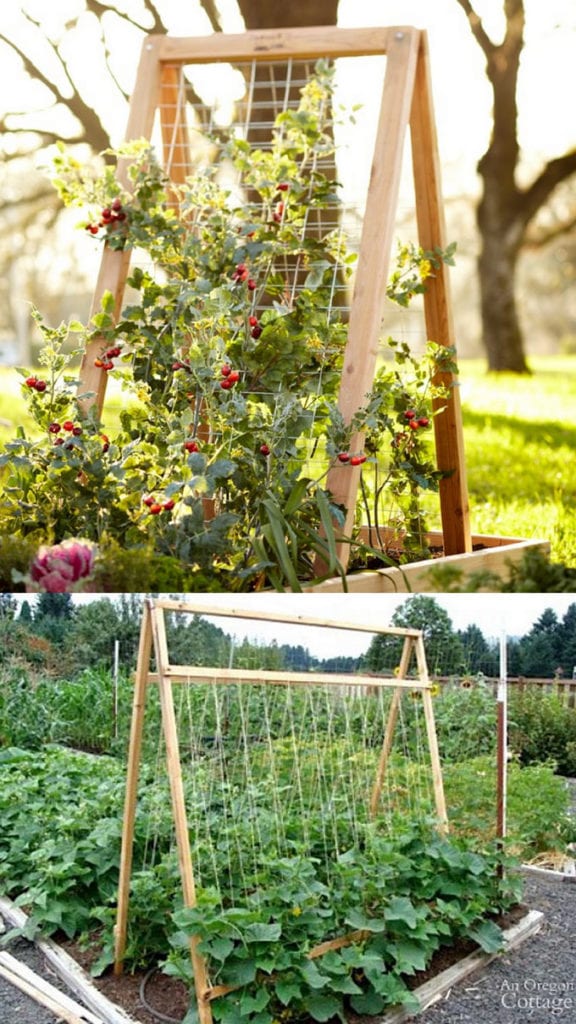
Vertical growing structure such as garden trellises can also be very attractive while offering supports for vines such as beans and cucumbers. Here are 24 easy DIY garden trellis ideas for you to make!
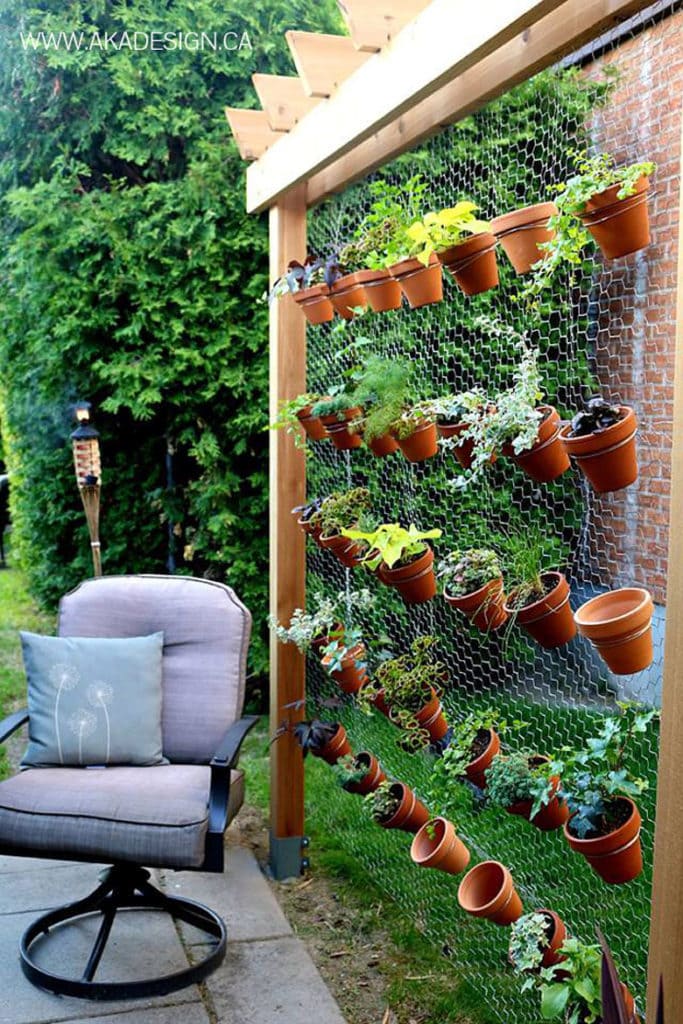
You can also create your own vertical gardens using materials you already have, such as pots on a garden screen, or hanging rain gutter planters. ( Via Home Made Lovely | DutraMaquinas )
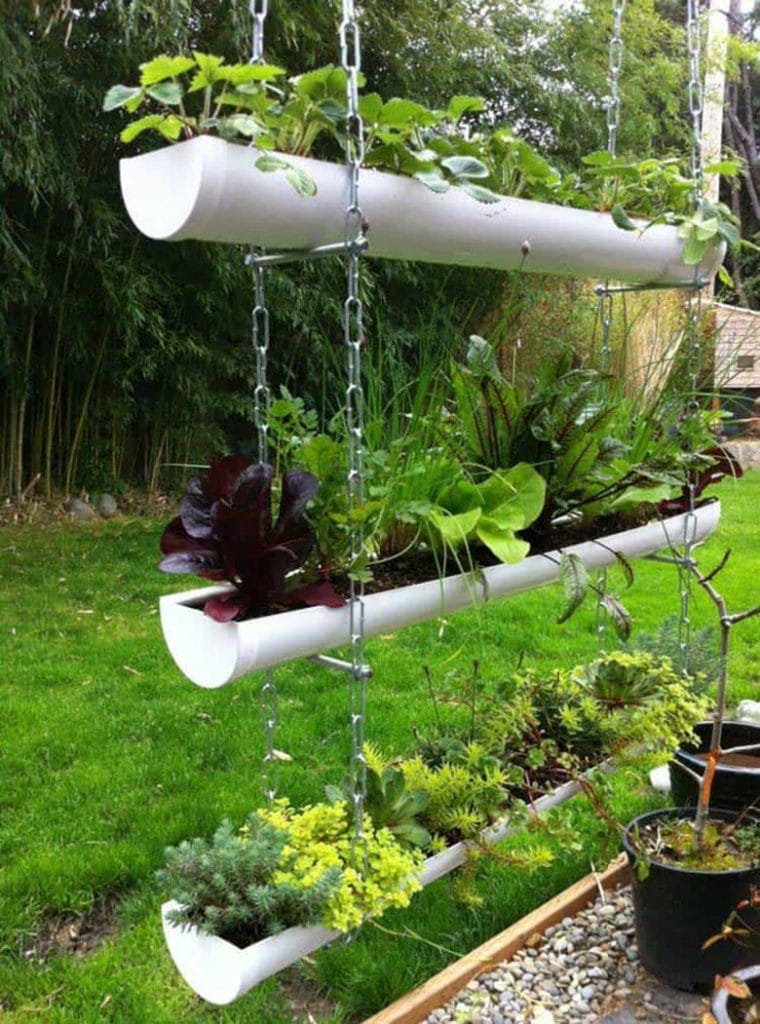
Control vegetable garden pests and weeds naturally
A garden with healthy plants, good soil and regular watering is very resilient to pests. It is also easy to control common garden pests organically.
Sluggo is a great product for controlling slugs and snails, yet it’s safe for wildlife and pets.
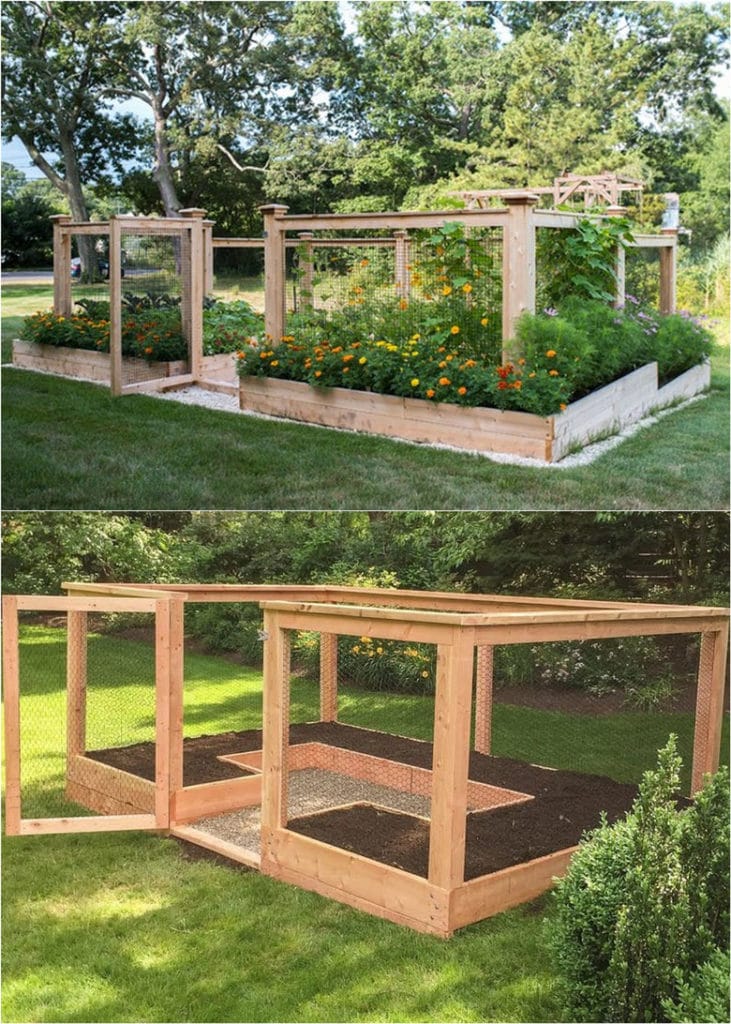
This simple and attractive raised bed with fencing by Homefront Farmers. is way to screen out deer and rabbits. You can also use fencing and netting attached to wood posts to protect your garden.
You can spray aphids with water or a diluted dish soap with a ratio of 1 tablespoon of dish soap and 1 quart of water, or 5 tablespoons of soap per 1 gallon of water. Caterpillars and white flies can be controlled with organic garden sprays like this.
Use greenhouses to extend the growing season
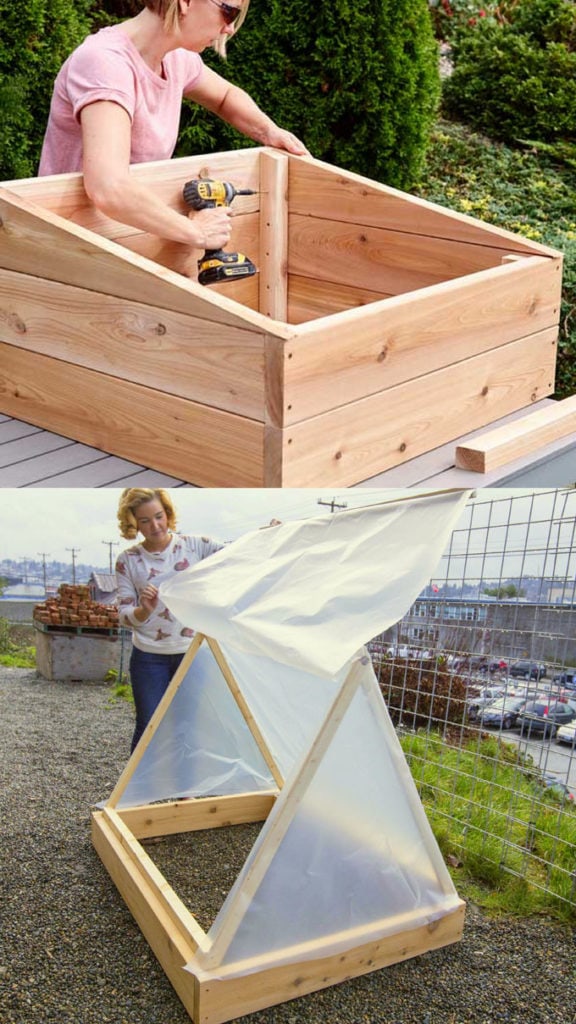
A greenhouse or a simple cold frame can extend the growing season for weeks, and give you year round harvest even in cold climates like Vermont. Here are 42 best DIY greenhouses from simple cold frames to large hoop tunnels!
How to harvest and store vegetables from your garden
Different vegetables need different harvesting methods and storage conditions. For example, leafy greens should be stored in the fridge as soon as possible, while potatoes and onions need curing before storage in a dark cool place.
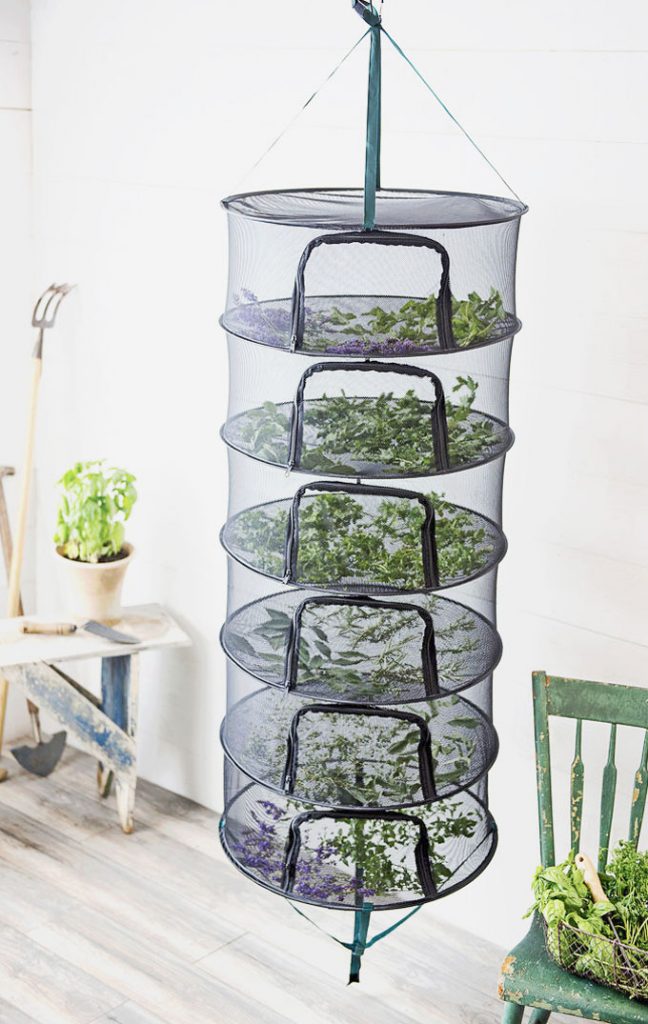
Here’s a guide on different ways to dry herbs with some easy hacks.
Here‘s a wonderful guide on how to harvest and store different vegetables, and here‘s a guide on different ways to preserve vegetables at home, such as freezing, pickling, canning, and drying.
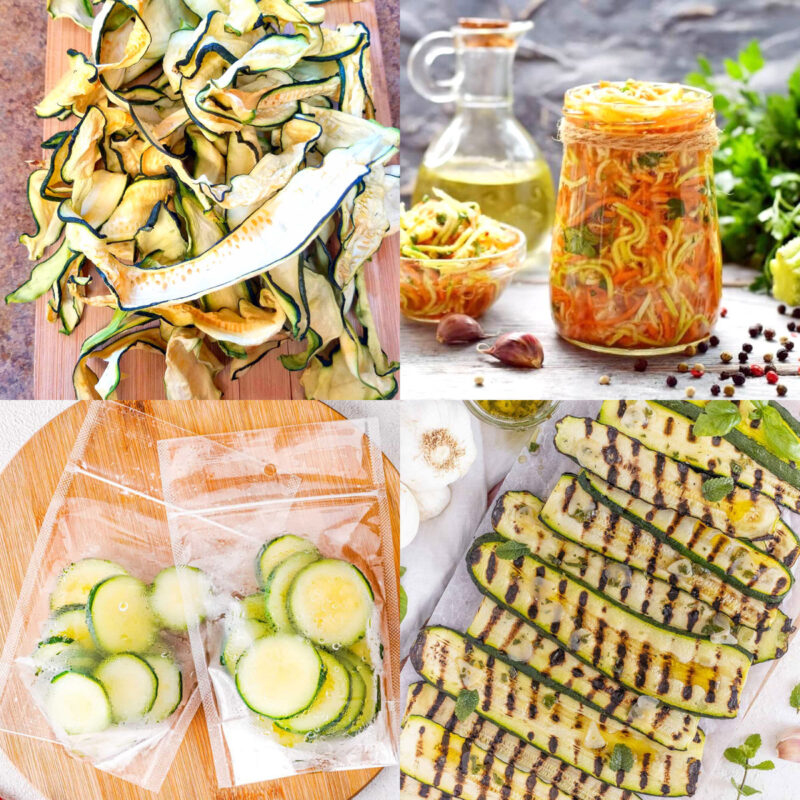
Almost every gardener has experienced a huge zucchini harvest. Here are some delicious ways to preserve and use lots of zucchini!
Happy growing friends! See you soon!

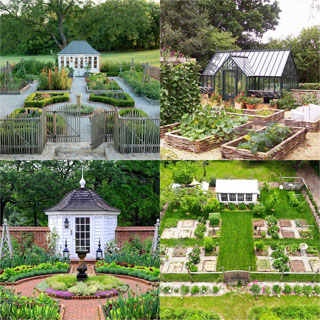
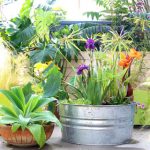
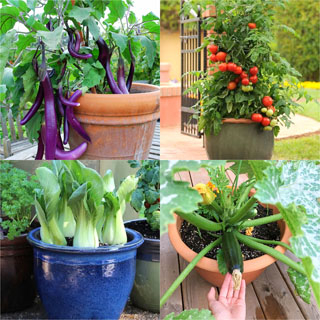
could hardly watch her digging a hole while wearing flippy flopps. how dangerous is that! make’s me shiver just thinking what could happen.
GREAT POST! I always look forward to your early spring gardening posts….thanks!
so glad! happy spring and have fun gardening Sammi!
Hello Ananda,
Love all your tips on starting a Vegetable Garden, and other gardening articles! Our new veggie garden is growing so nicely thanks to many of your tutorials!
hi olivia! so glad to hear that! happy gardening!! 🙂